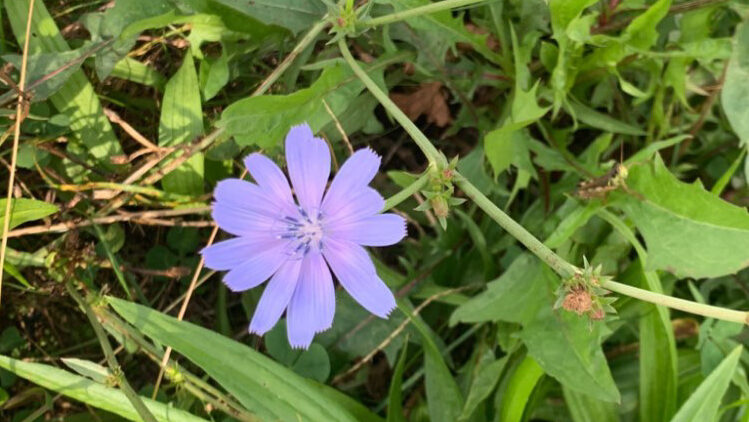The analysis of travel vlogs on eating insects highlights the influence of the setting on the perception and experience of consuming insects. In twenty-eight out of the eighty-one videos analyzed, the video bloggers traveled to Thailand. Based on the frequency of Thailand as a destination, Thailand is the most popular among the travel vloggers analyzed for eating insects, followed by Cambodia and China. Countries in Asia were more popular for travel video bloggers to visit to eat insects than countries in Africa or Central and South America, despite eating insects being consumed across all of the said regions. The choice of setting for consuming insects by a travel vlogger varied depending on the region visited.
The setting where travelers ate insects played a significant role in shaping their perceptions. For instance, the analysis shows that 3 out of the 60 travel video bloggers consumed insects in a natural setting while in Central / South America, which may be seen as more adventurous. Additionally, this setting provided an opportunity for educational content, as the vloggers discussed the ecological value of insects in their natural habitat. 6 vloggers consumed insects in a domestic setting during their stay, and another 6 consumed insects in a restaurant. A majority of the domestic / restaurant setting took place in Central/ South America, or Africa. These settings offer more opportunities to showcase the taste, texture, and preparation of the insects, as well as have more intimate experiences with local residents. Travelers in this setting were often more respectful and open to eating an insect immediately, possibly because the insect was presented in a dish rather than presented in the physical form alone.
On the other hand, many vloggers chose to consume insects in a street market setting. The street market setting was mainly in travel vlogs to Asia. This setting may be attractive due to the convenience of accessing a wide variety of insects. However, in most cases, this setting does not require the travel vlogger to interact with residents besides ordering their food. Due to the lack of connection to residents, individuals eating insects in street markets would initially emote negative expressions before eating insects. Travelers would demonstrate their feeling for the insects through facial expressions of disapproval.
“EATING BUGS in Cambodia.” Nate and Kara. Youtube.
“How Eating Bugs & Worms in Mexico Taught Me a Huge Life Lesson.” Eva zu Beck. Youtube
The Thinglink visualization above of Youtube video blogger Kara, shown chewing insect while at a street market in Cambodia provides visualization for the facial expressions determined to be disgust based on Eckman (1973) research. While the Thinglink visualization of Eva zu Beck, shown chewing an insect while at a restaurant in Mexico does not show a great display of disgust.
Yet, after trying the insects many of the travelers would have more positive remarks that the flavor of the insects was not as expected. In fact, many travelers noted their dislike of the texture rather than the taste. As U.S. travel vlogger Grant Weherly explains, after his experience in a Thai street market remarked, “see it’s not the taste, it’s the texture that’s the most disturbing.” (Eating Insects in Koh Lanta, Thailand – Weird Foods! Grant Weherley.Youtube). Other travel video bloggers echoed the texture, something they are not used to during their own experience eating insects. Another point made by multiple travelers, was that the taste of the insect was not the issue, but how they were socialized to not eat insects. While eating at a restaurant in Mexico, one traveler said, “It’s all mental. It’s not that it tastes so bad. It doesn’t really taste bad at all. Just the thought or concept of it.” (Mexico: Eating Insects. Fearless and Far. Youtube.)
The choice of setting to consume insects in travel videos is influenced by several factors, including adventure, educational value, convenience, cultural significance, and the desire to provide an immersive and unique experience for viewers. Each setting has its advantages and limitations in terms of showcasing the cultural and ecological significance of insects.The analysis reveals how the setting can impact the experience of consuming insects and the cultural and ecological significance of this practice.
